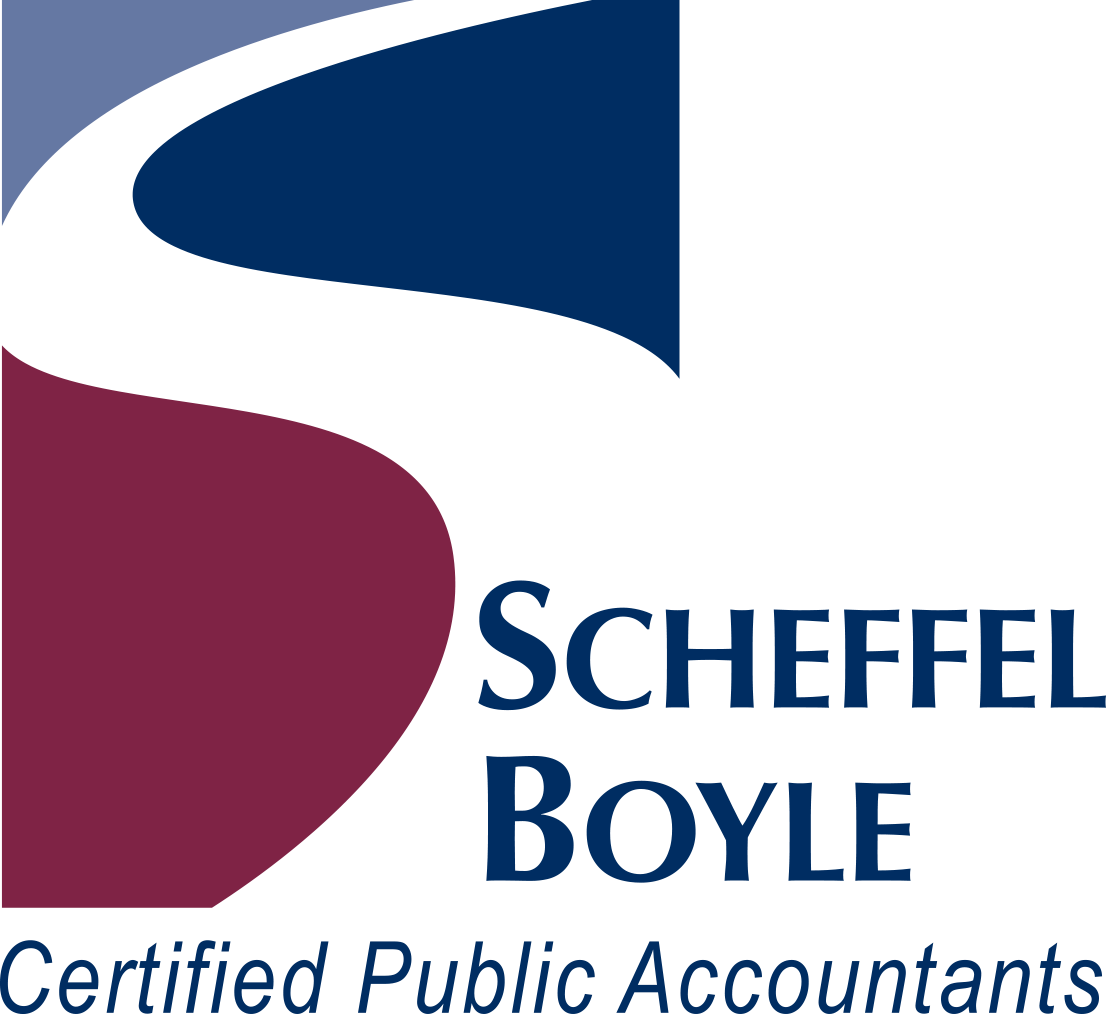IRS Notice 2020-32 & PPP Loan Updates
IRS Disallows Tax Deductions for Eligible PPP Expenditures
On April 30th, the IRS issued Notice 2020-32, providing guidance regarding the deductibility for federal income tax purposes of certain otherwise deductible expenses incurred in a taxpayer’s trade or business when the taxpayer receives a covered loan pursuant to the Paycheck Protection Program (PPP).
The PPP was established by Section 1102 of the Coronavirus Aid, Relief, and Economic Security (CARES) Act. Under the PPP, a recipient of a covered loan may use the proceeds to pay certain expenditures including:
- payroll costs,
- certain employee benefits relating to healthcare,
- interest on mortgage obligations,
- rent,
- utilities, and
- interest on any other existing debt obligations
Under the CARES Act, if certain conditions are met, a recipient of a covered loan can receive forgiveness of the loan (covered loan forgiveness) in an amount equal to the eligible expenses paid in the following eight-week “covered period”, beginning on the covered loan’s origination date.
If the income associated with the forgiveness is excluded from gross income under the CARES Act, the Notice clarifies that no deduction will be allowed for an expense that is otherwise deductible if the payment of the expense results in forgiveness of a covered loan.
Our team can assist in answering questions that may arise from the Notice as there may be other unresolved questions. While the outcome of the analysis provides a less than desirable result for taxpayers by effectively eliminating the income tax benefit of the exclusion from gross income, this Notice resolves a principal area of uncertainty in the tax treatment of eligible expenses.
Other PPP Loan Updates
Update on farmers filing Schedule F
- SBA released Q&As on 4/24/20 and 4/26/20 which discussed how to calculate the maximum PPP loan by business type. This included guidance on farmers filing a Schedule F.
- Schedule F farmers are to calculate payroll costs in the same way that Sch C filers calculate that number. That is, using net farm income as reported on line 34 of the Schedule F.
- Note that there is no provision currently to allow farmers to use 4797 gains on equipment exchanges. If further guidance is issued on this topic, we will let you know.
- Agricultural and other forms of cooperatives are eligible for PPP loans as long as other eligibility requirements are met.
Update on Partnership PPP loan calculation
- SBA released a Q&A on 4/24/20 that addresses how partnerships are to calculate the maximum PPP loan amount.
- Partnerships use the partners’ 2019 net earnings (not loss) from SE as reported in box 14a of the partners’ K-1s. This box includes guaranteed payments. This is the payroll cost amount as it relates to partners.
- The payroll costs for all the partners of the partnership is reduced by any §179 deduction claimed, unreimbursed partnership expenses, and depletion on oil and gas properties. This result is multiplied by .9235 and limited to $100,000 for each partner. Note – this is more restrictive as the guidance is requiring a reduction to 92.35% of earnings. This is not required for Sch C and Sch F applicants.
- The payroll costs in 3. for the partners is then added to the following.
- 2019 employee gross wages (before employee pre-tax deductions), limited to $100,000/employee
- 2019 employer paid health insurance not included in gross wages included Form 1065, line 19. If not on line 19, include employer paid health insurance reported elsewhere on return.
- 2019 employer retirement contributions not included in gross wages (Form 1065, line 18)
- 2019 employer state and local taxes assessed on employee comp (SUTA for example)
- Amounts in lines 3. and 4. above are totaled. The result is divided by 12 and multiplied by 2.5
- Add the result in line 5. above to any outstanding EIDL loan made between 1/1/20 and 4/3/20.
What Information to Start Accumulating
- 2019 Comparison Period data (2/15/19 – 6/30/19)
- Payroll calendar during that time frame (weekly, semi-monthly, etc.)
- Number of full-time employees for each pay period during that time frame
- Total variable hours by all non-full-time employees for each pay period during that time frame
- 2020 Comparison Period data (1/1/20 – 2/29/20)
- Same date as in 4.a. above
- Rehire Eligibility Period data (2/15/20 – 4/26/20)
- Same data as in 4.a. above
- Covered Period data (date of loan – 8 weeks later)
- Same data as in 4.a. above
- FTE increases between 4/26/20 and 6/30/20
Interpretations and updates regarding these new relief programs are released almost daily. Our team continues to monitor the guidance and changes issued by the various government entities. Please let your Scheffel Boyle team member know if you have questions regarding your specific situation. We are always here to help.



